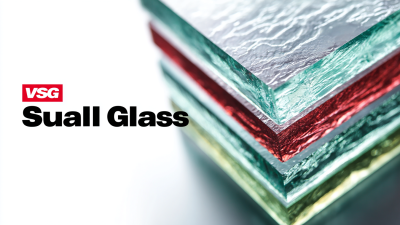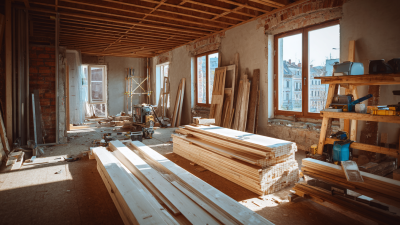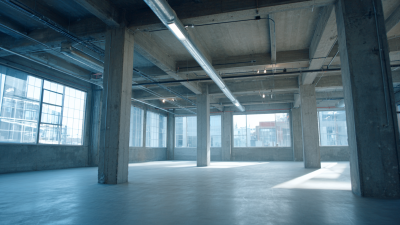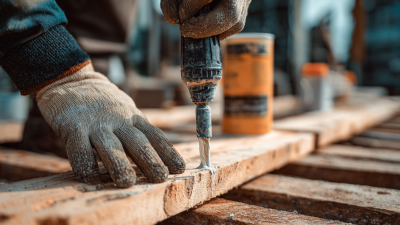Inquiry
Form loading...
In an era where energy efficiency has become paramount, the integration of innovative materials such as Insolating Glass Acrylic Silicone is critical for enhancing building performance. According to the U.S. Department of Energy, windows account for approximately 25-30% of residential heating and cooling energy use, highlighting the need for solutions that reduce energy loss. Recent studies show that incorporating Insolating Glass Acrylic Silicone can lead to a significant decrease in thermal transmittance, thus maintaining indoor temperatures and reducing reliance on HVAC systems.
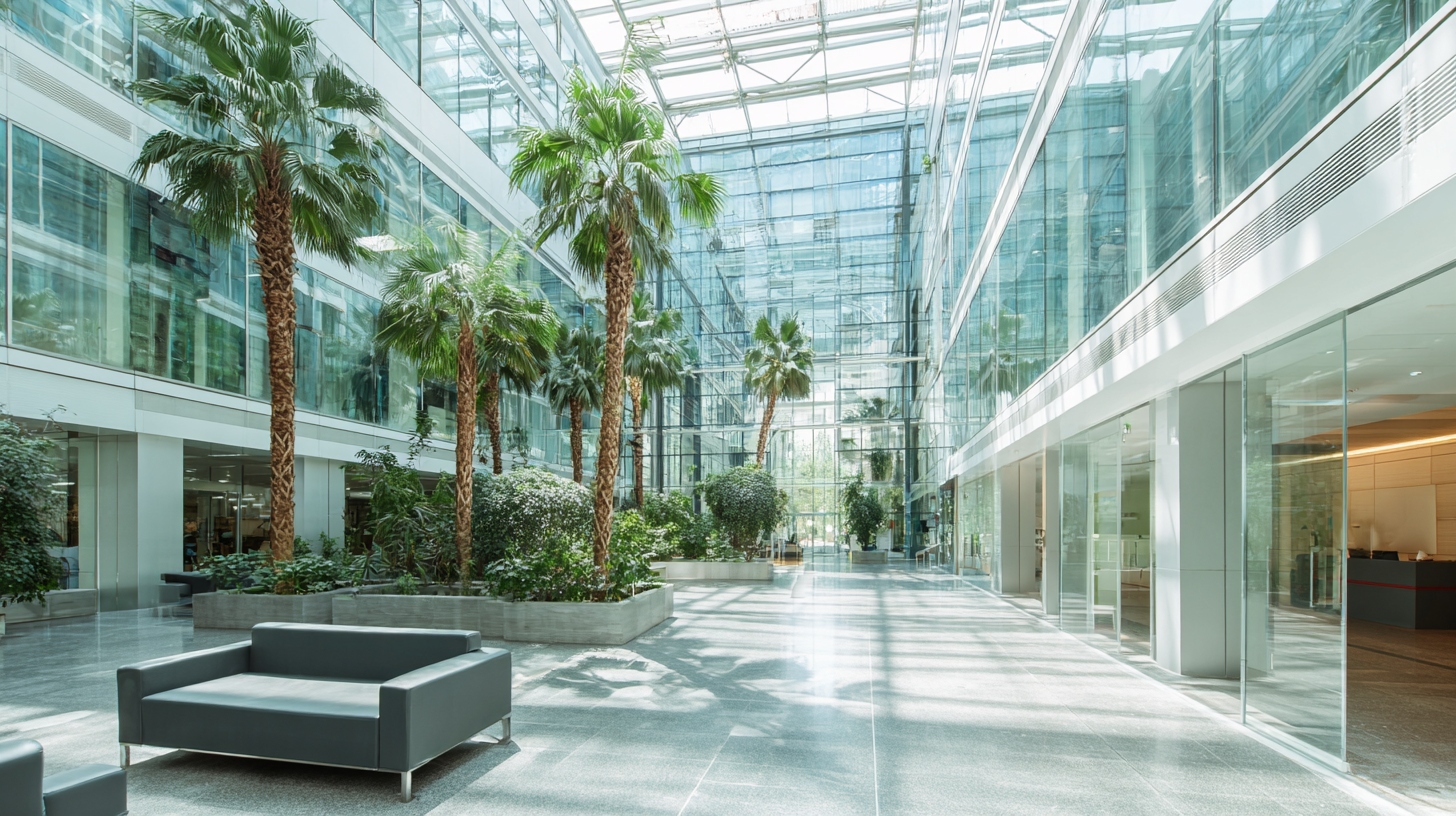
Furthermore, the global market for energy-efficient windows is projected to reach $349 billion by 2024, emphasizing the growing recognition of the importance of optimal insulation in construction. This article delves into effective strategies to maximize energy efficiency through these advanced materials, paving the way for sustainable building practices and reduced energy costs.
In building design, energy efficiency plays a crucial role in reducing energy consumption and promoting sustainability. Understanding the basics of energy efficiency involves recognizing how various materials and techniques can influence a building's thermal performance. One key aspect is enhancing insulation, which helps maintain comfortable indoor temperatures while minimizing reliance on heating and cooling systems.
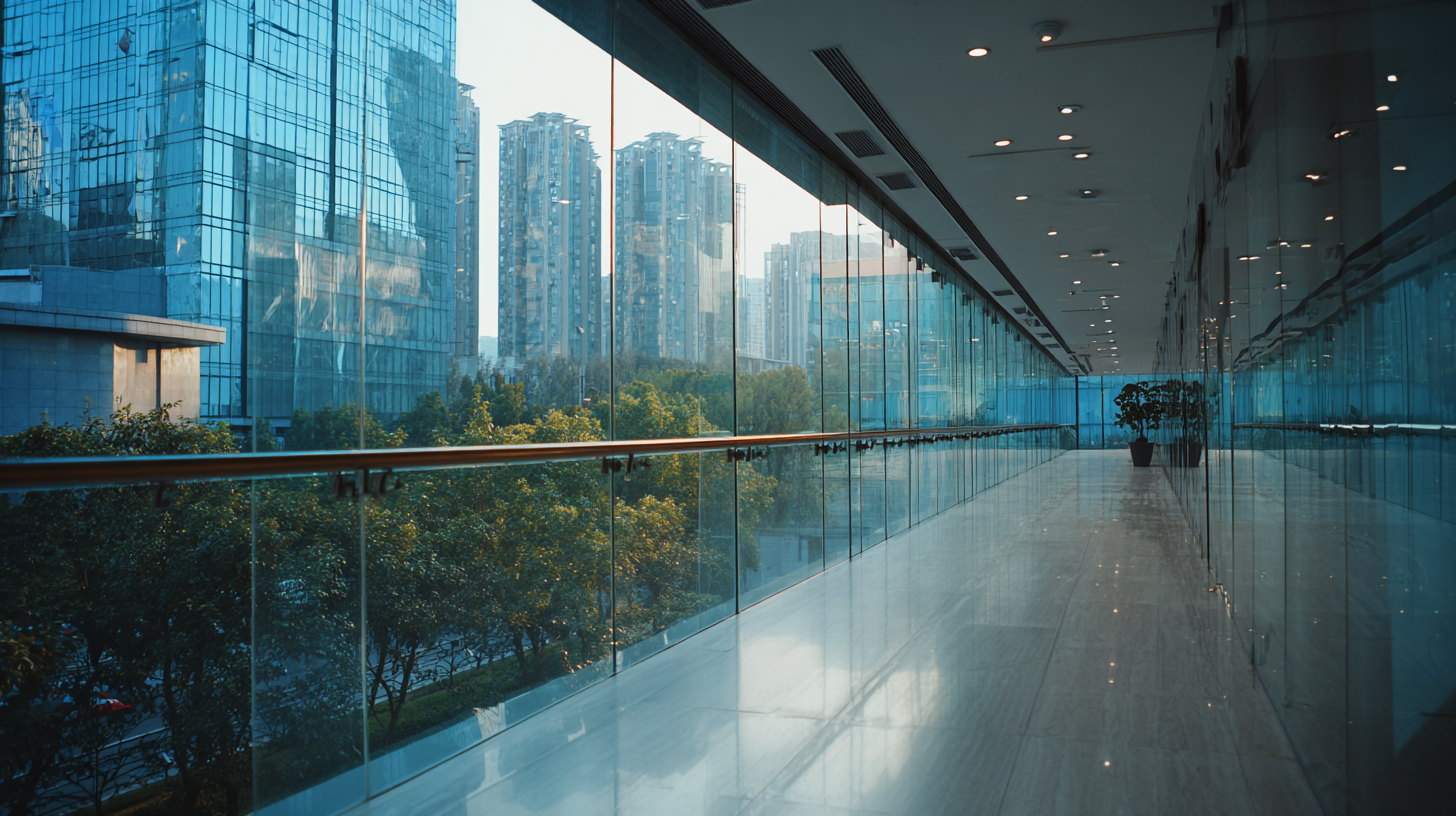
Insolating glass, acrylic, and silicone solutions are essential components in achieving optimal energy efficiency. These materials provide excellent insulation properties, allowing natural light to enter while preventing excessive heat loss or gain. By integrating these solutions into windows and facades, architects and builders can create structures that not only meet aesthetic standards but also adhere to energy efficiency practices. Incorporating such materials is fundamental to designing buildings that contribute to lower carbon footprints and reduced energy costs over time.
In recent years, the momentum for energy conservation has surged, with insulative materials like glass acrylic silicone becoming pivotal in optimizing energy efficiency. According to a study by the U.S. Department of Energy, buildings account for approximately 40% of total energy consumption, and enhancing window technologies can lead to significant reductions in heating and cooling costs. Insulating glass not only improves thermal performance but also minimizes air leakage, which can contribute to energy savings of up to 30% annually.
Exploring the benefits of insulating glass further reveals advantages beyond energy efficiency. Reports from the International Energy Agency indicate that using high-performance glazing can enhance indoor comfort, reduce noise pollution, and even extend the lifespan of HVAC systems. With the capacity to block harmful UV rays while retaining visible light, insulative glass materials lead to healthier and more sustainable living environments. By investing in innovative solutions like acrylic silicone, architects and builders are embracing a sustainable future that supports both energy conservation goals and enhanced property value.
| Dimension | Value |
|---|---|
| Energy Savings (%) | 30-50% |
| Insulating Properties (U-Value) | 0.20 - 0.35 W/m²K |
| Common Applications | Windows, Skylights, Curtain Walls |
| Coating Type | Low-E Coatings |
| Durability (Years) | 15-25 years |
| Safety Rating | Impact Resistant |
When it comes to maximizing energy efficiency in buildings, selecting the right acrylic materials for optimal insulation performance is crucial. Acrylic, known for its excellent transparency and resistance to UV degradation, can significantly enhance thermal insulation compared to traditional glass. According to a study by the American Institute of Architects, using acrylic glazing can improve thermal efficiency by up to 30%, contributing to reduced energy consumption and lower heating and cooling costs.
In addition to thermal performance, the choice of silicone solutions for sealing acrylic materials further enhances their insulating properties. Silicone seals can accommodate the thermal expansion of acrylic while providing durability and resistance to moisture. The National Renewable Energy Laboratory reports that buildings utilizing silicone-sealed acrylic systems often achieve a 15% increase in overall energy efficiency. This synergy between high-quality acrylics and advanced silicone sealing contributes not only to better insulation but also to longer-lasting materials that require less maintenance, making it a win-win for both energy savings and sustainability in architecture.
In the quest for maximum energy efficiency in construction, employing effective sealants such as silicones has proven to be a game-changer. According to a 2023 report by the International Energy Agency (IEA), buildings contribute to nearly 30% of the world's energy consumption, making it vital to leverage solutions that mitigate energy loss. Silicone sealants offer not only superior flexibility and durability but also exceptional thermal stability, enabling them to withstand fluctuations in temperature without losing their efficacy. This characteristic is particularly essential in maintaining a robust seal that prevents drafts and minimizes heating and cooling costs.
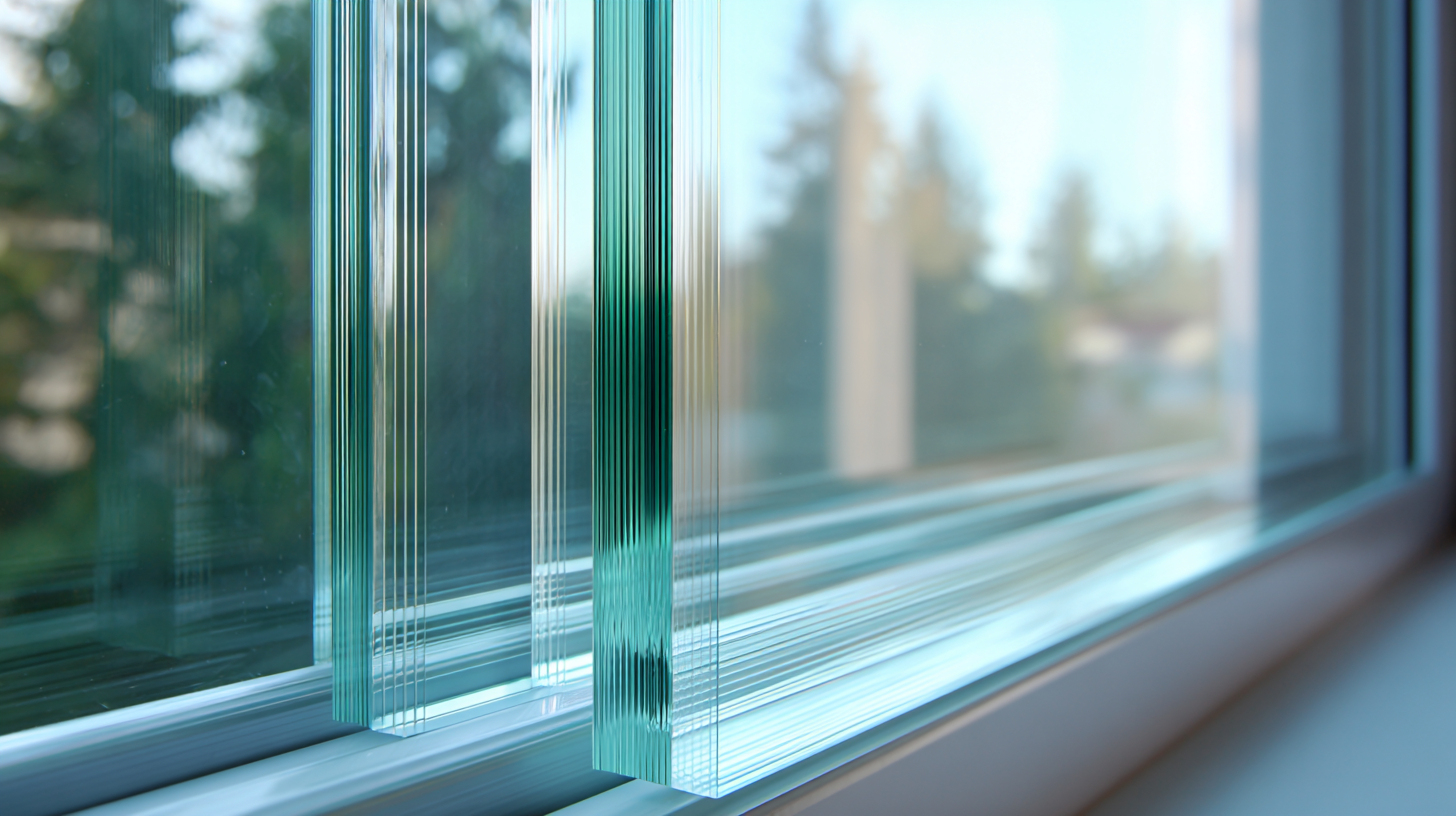
Moreover, the advantages of silicone solutions extend beyond energy savings. A study conducted by the American Society of Heating, Refrigerating and Air-Conditioning Engineers (ASHRAE) revealed that buildings utilizing high-performance silicones exhibit up to 25% greater energy efficiency compared to those using traditional materials. The airtight seals created by silicone products significantly reduce the infiltration of unconditioned air, thus optimizing HVAC performance and ensuring a comfortable indoor environment. By integrating silicones into construction practices, stakeholders not only enhance energy efficiency but also contribute to the broader goal of Sustainability in the building sector.
When it comes to maximizing energy efficiency through insulating glass acrylic silicone solutions, proper installation and maintenance are key. Best practices in these areas can lead to significant reductions in energy consumption. According to the U.S. Department of Energy, well-insulated windows can reduce heating and cooling costs by up to 25%. Ensuring that insulation systems are correctly installed can prevent air leaks, thereby enhancing overall building energy efficiency.
**Tips:** Always ensure that the silicone sealant used is of high quality, as a poor seal can lead to thermal bridging and increased energy costs. Regular inspections of these seals every few years can help identify any degradation early, facilitating timely repairs.
Additionally, maintaining a clean surface on both the exterior and interior surfaces of insulating glass can contribute to improved efficiency. Dirt and debris can scatter light and reduce the effectiveness of the insulation. The National Renewable Energy Laboratory suggests that routine cleaning not only maintains aesthetics but also optimizes daylighting, thus reducing reliance on artificial lighting during the day.
**Tips:** Use a gentle cleaning solution and soft cloth to avoid scratching the surfaces, ensuring longevity and performance of your insulating systems.
